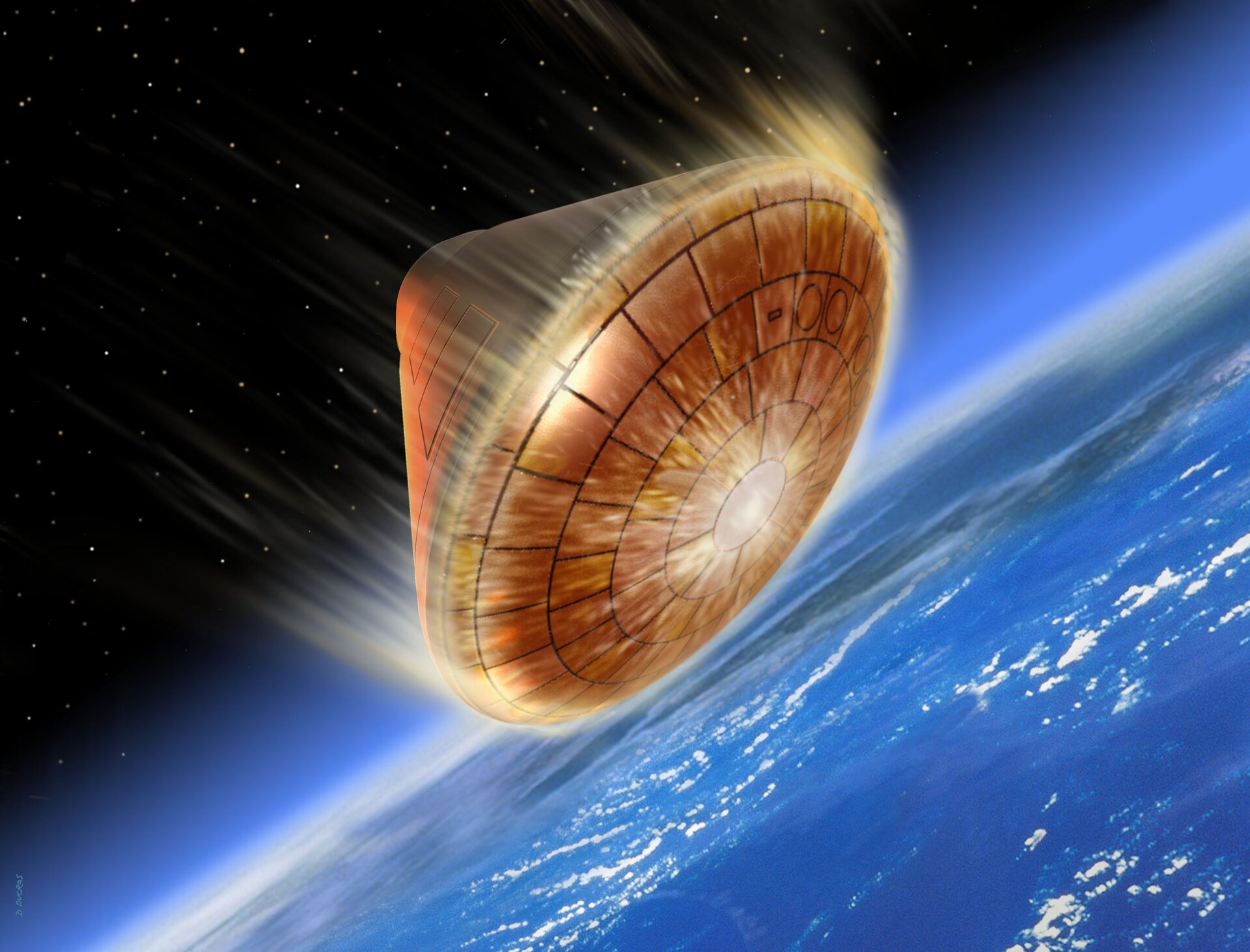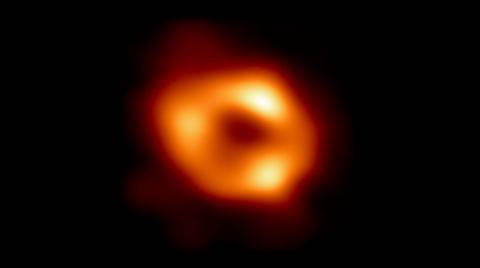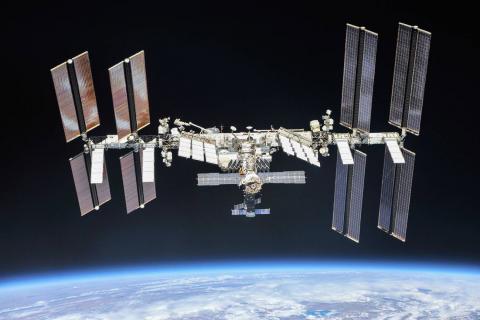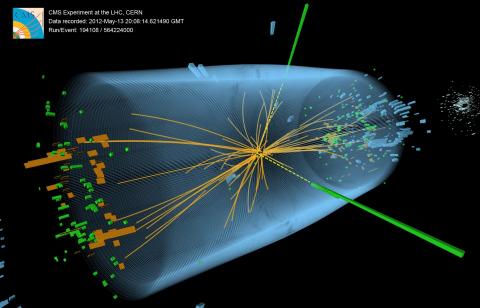Reactions to study warning about risks of uncontrolled rocket re-entry
An analysis published in Nature Astronomy quantifies the risk to human life posed by impacts of space rocket fragments on Earth, which are more likely to occur in the southern part of the planet.

David Galadí - cohetes
David Galadí-Enríquez
Lecturer in the Department of Physics at the University of Cordoba
The work of Byers et al. raises a key issue of sustainability in the use of space: the uncontrolled proliferation of launches poses a risk to the Earth's population that cannot be ignored. The industrial age has shown that the survival of the planet and humanity requires responsible resource management. Circumterrestrial space has been managed in a pre-modern way, as if it were an infinite realm where everyone can operate at will. The authors argue that it is time to consider the Earth's orbit as a congested environment into which only artificial materials should be introduced on a sustainable basis.
The article discusses the risks of launch proliferation for human communities, concludes that these risks are not negligible and can be countered by existing technical solutions. They show that most of the consequences are borne by poor countries, i.e. that advanced countries are externalising the environmental impact of their launches. They propose an international political solution. The study is an excellent example of a technical astronautical problem with international economic, political and social implications. Fittingly, it is signed by specialists in political science, interdisciplinary studies, astrophysics and engineering.
Each time a satellite is launched, a portion of the launch rocket is left in orbit in the form of space debris that eventually falls back to Earth. Although most of these rocket bodies disintegrate as they brush against the layers of air, in a process called re-entry, fragments are often left behind that can cause damage to the ground, or even to aircraft in flight.
Using the actual orbital elements of rocket bodies abandoned in recent decades, and drawing on actual Earth population density data, the authors construct a robust model. Byers et al. conclude that the risks from uncontrolled re-entry are mostly the responsibility of the United States (71%), with the other three major space powers tied for second place: China, the European Space Agency and Russia (14-17% each). At the same time, they show that the risk is concentrated in the equatorial zones of the planet and mainly affects poor countries that have not participated in launches and do not benefit from them.
The study points out that there are sufficient means, without the need for new technologies, to ensure the safe re-entry of all rocket bodies. However, these measures cost money, and this is the only real difficulty in remedying the challenge. This is a collective action problem whose solutions should be adopted by all satellite-launching companies and countries at the same time, to avoid companies being disadvantaged by incorporating good environmental practices.
The study lists cases of successful collective action (to a greater or lesser extent), such as the treaty banning gases that affect the ozone layer, the imposition of double-hulled tankers or agreements against anti-personnel landmines. Curiously, they forget one case that concerns the aerospace industry: the obligation to park retired geostationary satellites in waste orbits where they do not saturate useful servicing positions.
The rampant increase in launches makes Byers et al's conclusions all the more pressing. Low Earth orbit remains a 'lawless city'. The congestion of satellites is jeopardising the observation of the sky, which has put the entire global astronomical community on the warpath. But alarms have also been raised in the aerospace industry itself by the increased danger of collisions in space, which could ruin low orbit as an economic resource for decades, if not centuries. The environmental effects of materials vaporised in the stratosphere during re-entries of both rocket bodies and end-of-life satellites are beginning to be assessed. Now Nature Astronomy publishes this study, which shows that the non-vaporised part of these objects also poses a risk that is both considerable in its magnitude and unfair because of its externalised cost.
Luciano - cohetes
Luciano Anselmo
Senior Researcher. Space Flight Dynamics Laboratory. Institute of Information Science and Technologies (ISTI). Italian National Research Council (CNR). Pisa – Italy
This paper does not contain new data, facts, results, or concepts. Over the years, until very recent times, similar analyses, results and discussions have already been presented at international conferences, as those of the International Association for the Advancement of Space Safety, and published in technical journals, as the Journal of Space Safety Engineering, although all or most of this bibliography cannot be found in the references. Therefore, there is not much to comment on the figures provided, unless that they support previous findings. Legal and regulatory discussion has also been ongoing for a long time, and several proposals have been made, even relatively recently, to address the issue.
I limit myself to a couple of remarks. Currently, the global casualty expectancy due to uncontrolled reentries of rocket bodies accounts for more than 2/3 of the total, including spacecraft. But in the coming decade, the proportion of low altitude satellites compared with rocket stages will increase significantly, and at some point the combined risk of satellites, already about 1/3 of the total, is bound to prevail. So focusing the attention only on orbital stages is pointless, over the medium term.
The second remark concerns the risk. The casualty expectancy from uncontrolled reentries is currently low, and will remain so. If it can be considered negligible or not, it is just a matter of definition. Nevertheless, from a numerical point of view, the picture is very clear. Even ignoring the annual casualties due to treatable diseases, inadequate health care, famine and war, deaths attributable to accidents and pollution alone number in the millions worldwide. Looking, on the other hand, at the casualties expected from uncontrolled reentries of rocket bodies and satellites, we are still talking about a couple of victims a century, on average.
Therefore, while we all wish for even safer space activities than they currently are, the reentry risk is certainly not the most critical. The potentially adverse pollution of stratosphere and mesosphere from increased launch rates will probably need much more attention in the coming decades, even though I strongly support the adoption of stricter and binding regulations applied to the reentry of rocket bodies and satellites, and to space activities in general.
Jorge Hernández - cohete
Jorge Hernández Bernal
Researcher in the Laboratoire de Météorologie Dynamique, Sorbonne Université, CNRS (France)
In November 2015, mysterious black spheres were found in different municipalities of Murcia (Spain). These objects were identified as fuel tanks from a space rocket, which had been abandoned in space and eventually disintegrated in the atmosphere. Rockets are one of the most common sources of space debris, as parts of the rocket are frequently left in orbit and end up falling to Earth in an uncontrolled manner. The time and place of fall of such fragments is virtually unpredictable. In addition, rocket parts are bulkier and heavier than those of satellites, so they are at greater risk of surviving atmospheric re-entry - where most space debris normally disintegrates - and eventually impacting the Earth's surface.
Traditionally, the risk of space debris from rockets causing human casualties on its fall to Earth has been considered negligible. A standard exists in the US to limit the likelihood of such accidents, but the country's own military failed to apply that standard to more than half of its launches between 2011 and 2018.
This new analysis published in the journal Nature Astronomy shows that, given the increasing number of space launches, the probability of one of these fragments hurting a person is becoming increasingly high. Michael Byers and colleagues estimate the probability that falling rocket debris will cause human casualties in the next decade at 10%. To this must be added the risk of damage to infrastructure, which is much higher.
The authors of this analysis go further by highlighting the fact that, given the distribution of the world's population, and the risk of falling space debris depending on latitude, some countries in the global south are considerably more likely to suffer such accidents than the countries responsible for the greatest number of launches, such as the United States, China, Russia and European states, mainly located at latitudes above 30 degrees, where the risk is lower.
There are international treaties that to some extent regulate space activities, but in many respects these treaties, drawn up in the 1960s and 1970s, have become obsolete and are insufficient to regulate the new scenario that is opening up for the space sector. For their part, national space legislation is often tailored to each country and its particular interests. For all these reasons, it is necessary to promote space ethics, analogous to bioethics. Space ethics reflects broadly on space problems, such as falling space debris, and encourages informed dialogue between the whole of civil society. Only in this way is it possible to lay the foundations for space law to develop international legislation that is fair to the world's population as a whole.
On the other hand, and as the authors of this analysis published in Nature Astronomy warn, there are similarities between this problem of space debris and other much more serious environmental, and therefore social and economic, problems associated with the climate and ecological crisis, in the sense that it is the particular and short-term interests of a minority of countries and companies that paralyse the necessary transformations. In yet another example of the lack of multilateralism, a minority of countries and large companies are promoting a new space sector tailored to their interests, which will ultimately have consequences.
In short, there is an urgent need for a multilateral drive in which the different countries of the world, in the light of scientific knowledge, take strong international action to regulate a multitude of activities, including space activities, which are currently developing in an uncontrolled manner and threaten the near future of humanity.



